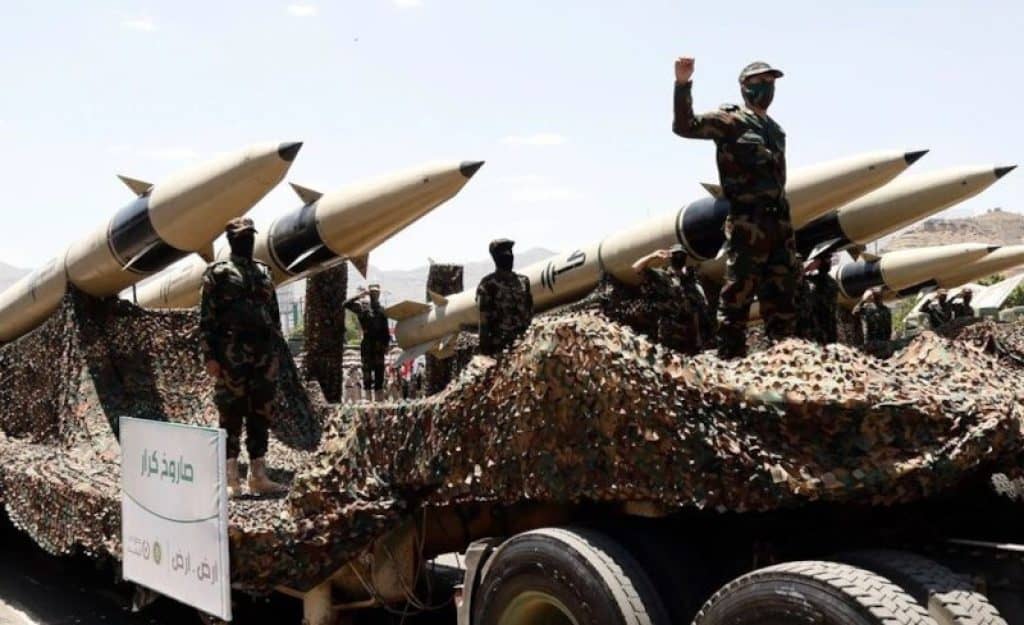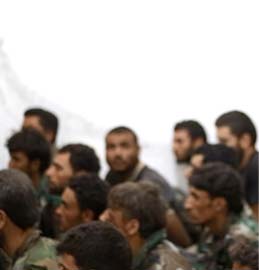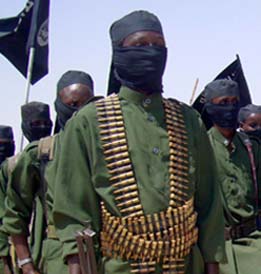
Iran has ordered its military personnel to leave Yemen amidst the ongoing US bombing campaign in the country, The Telegraph reported on April 3. The newspaper’s source added that regime officials’ concerns over the Trump administration have eclipsed discussions on Tehran’s regional proxies, dominating every meeting and sidelining previous strategic priorities.
The move is part of a broader pattern of the Islamic Republic recalibrating its regional strategy in response to the Trump administration’s efforts to curtail Tehran’s influence in the Middle East and threats to potentially strike Iran’s nuclear sites.
Iran had previously urged the Houthis to “cool tensions” in the Red Sea on March 18, with Iranian officials claiming the request was conveyed to the Houthi envoy in Tehran and that Iran asked Oman to communicate the same message.
The US has launched an extensive military campaign against the Tehran-backed Houthi terrorist group in Yemen, with daily attacks since March 15. US officials stated that the first wave, which targeted radars, air defenses, and missile and drone systems, was in response to the Iranian proxy’s attacks against commercial vessels and warships in the Red Sea and the Gulf of Aden. The White House also claimed that the strikes eliminated a high-ranking missile expert, with National Security Advisor Mike Waltz stating that the first attack wave targeted “[the Houthis’] head missileer.”
This extensive bombing campaign followed President Donald Trump’s January 22 announcement of re-designating the Houthis as a Foreign Terrorist Organization (FTO) and the State Department’s official FTO designation on March 4.
Escalating tensions between Washington and Tehran
Soon after Washington’s renewed “maximum pressure” strategy against Tehran, Trump sent a letter to Islamic Republic Supreme Leader Ali Khamenei. The letter threatened military action against Iran should the regime not halt its nuclear and missile programs and regional doctrine of financing and supplying weapons to terrorist groups.
The US also reinforced its military presence in the region, deploying aircraft carrier strike groups and additional naval forces to secure the Strait of Hormuz, a critical maritime chokepoint for global energy trade. In addition, the US “has deployed at least six nuclear-capable B-2 bombers” to its base at Diego Garcia, which is “within striking distance” of Iran and Yemen.
Given heightened tensions, Iran is bracing for a potential confrontation with the United States by expanding its military footprint in the Persian Gulf, reinforcing its presence on the contested islands of Greater Tunb, Lesser Tunb, and Abu Musa with advanced missile systems and infantry units.
The Islamic Revolutionary Guard Corps (IRGC) Navy has armed its fast-attack vessels with cruise missiles, while large-scale military exercises across the region have tested Iran’s defensive capabilities and demonstrated its ability to strike enemy bases and warships. Tehran has also unveiled new long-range drones and naval assets, seeking to bolster deterrence against Israel and the US.
Trump has pushed Iran into a defensive posture
Trump’s rigorous stance against the Islamic Republic’s regional ambitions after he assumed office has forced Tehran to adopt a defensive posture.
Iraq’s Iran-backed Shia militias refraining from provoking Israel and the United States since December 2024 was the first sign of Iran’s new approach. More recently, Esmail Ghaani, the commander of the Islamic Revolutionary Guard Corps-Quds Force (IRGC-QF), which executes the regime’s external operations, has traveled to Iraq frequently to instruct these groups to halt attacks against American and Israeli targets.
On March 19, Ghaani made an unannounced covert visit to Baghdad for high-level talks with Coordination Framework figures, Popular Mobilization Forces commanders, and Iran’s ambassador to Iraq to reassure the network of Tehran’s support amid the uncertainties surrounding Washington’s Iran policy.







